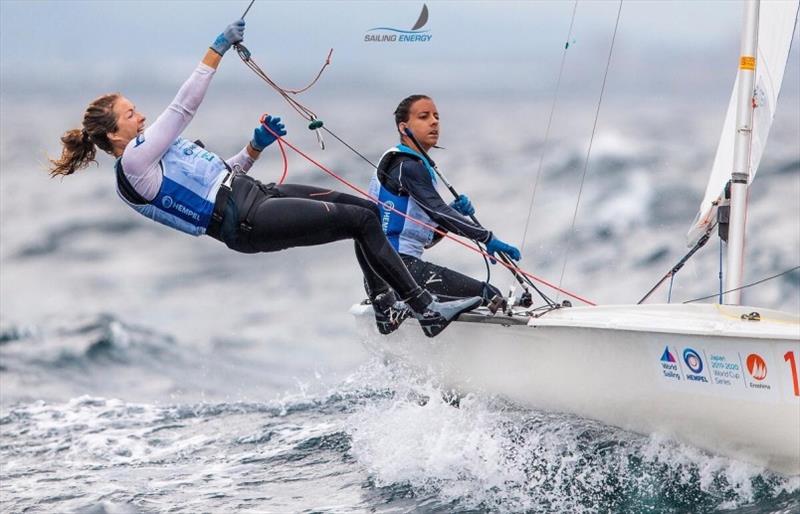Leading with Character: Beating to Windward
Last week I was giving a talk for my new book, Breaking Ice & Breaking Glass: Leading in Uncharted Waters. The young woman who was interviewing me commented on my frequent use of nautical references. She noted that such references are also prevalent in our society, even among those with no maritime connection. She asked my thoughts on why that is so.
Harnessing the Power of the Sea
I believe we use nautical references and metaphors because we’re a maritime nation, dependent upon the living, breathing sea. The sea is unpredictable, unforgiving, and yes, even mysterious. From Moby Dick to The Old Man and the Sea, to Typhoon, stories abound with the theme of “man against the sea.” The sea is a place of powerful forces like howling gales, crashing waves, and ebbing and flooding tides. Those forces make for great analogies that can apply to many aspects of day-to-day life and its challenges.
At the Coast Guard Academy, where I studied, cadets discover how to harness the power of the sea. They start their development as leaders of character on the water, through sailing. Whether it be learning the ropes, literally, onboard America’s tall ship, the 300-foot sailing barque Eagle, in small dinghies, or aboard the 44-foot leadership training yachts, cadets learn about themselves and each other by facing the forces of nature together. Little did I know, when I was a cadet, that the leadership lessons I learned on the water would guide me throughout my career.
Beating to Windward
As a cadet, I sailed competitively. Most race courses are set up with the first leg being a “beat” to reach a buoy, or mark, set to windward. But, sailboats can’t sail straight into the wind. When pointed head to the wind, the sails start luffing (flapping), and the boat stops and drifts aimlessly. The mark on the upwind leg can’t be reached by sailing a straight course, which doesn’t seem to make much sense. We’re taught from a young age that the fastest way to get to a destination is to take the direct route, avoiding turns and uncertainty. So why is the sailing race course set up just the opposite? It’s done to challenge the competitors, and test their mettle and skill.
In a sailboat race, beating to windward on that first crucial leg of the course requires sailing away from the mark for a while, then tacking through the wind and going some distance in the other direction. It’s maddening that the sailboat never points toward the mark! The skipper has to tack back and forth many times, which is called “beating to windward.” Every time the boat tacks and sails away from the mark, there’s a risk of sailing into a calm spot, or into a current, that could put the boat behind its competitors. Beating to windward is challenging and frustrating because the skipper of the boat has to constantly look ahead, anticipate, analyze the risks, make a decision on when to tack, then adapt and adjust as necessary. That process repeats until the sailboat finally reaches the prized mark.
Anticipate, analyze, adapt, adjust, and be agile. Those are five powerful “A” words that connect together and create a formula for success on the ocean, in the workplace, and at home. My proudest achievements in life have all required me to beat to windward against forces far stronger than me. The times I tried for an easy route, I found myself head-to-wind with sails luffing.
Look in the mirror. Are you ready for the hard work, challenges, and frustrations that come with “beating to windward” to achieve your goals?
Please join me again next week for more on Leading with Character.



